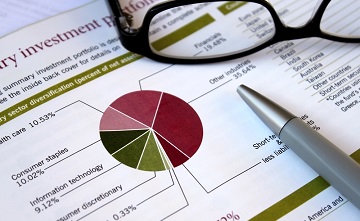Small Steps, Big Impact
When it comes to money, it is often the small, consistent steps that make the biggest difference. You do not need to make dramatic changes overnight. Building good habits and sticking with them over time can transform your financial future.


















